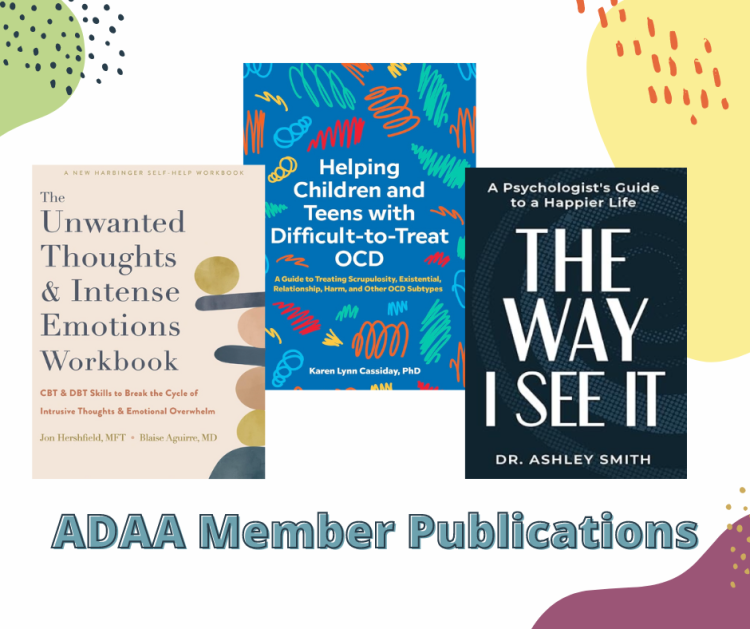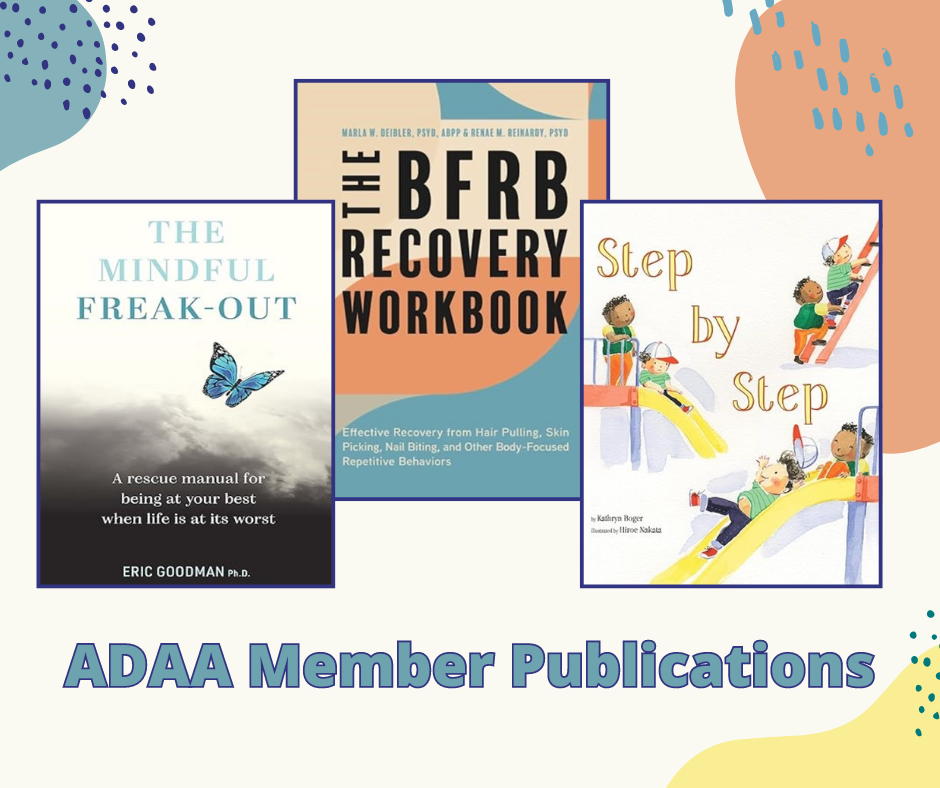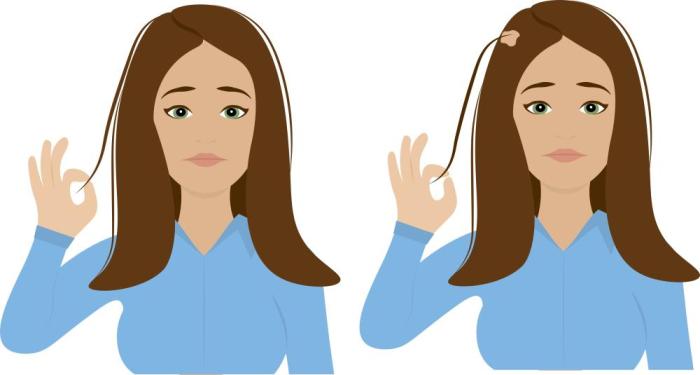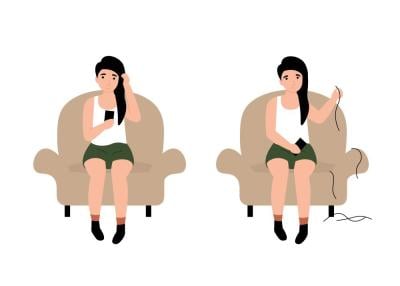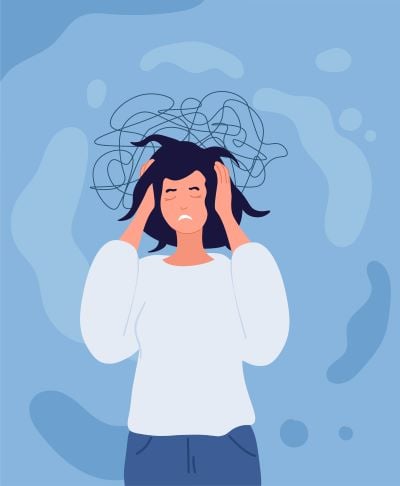
September 18, 2024
Marla Deibler, PsyD
and
Renae M. Reinardy, PsyD
and
This CE eligible webinar introducea Body-Focused Repetitive Behaviors (BFRBs).

July 31, 2024
Marla Deibler, PsyD
and
Renae M. Reinardy, PsyD
and
Dr. Marla Deibler and Dr. Renae Reinardy, authors of The BFRB Recovery Workbook, answer questions from a live audience about BFRB and their self-paced workbook.
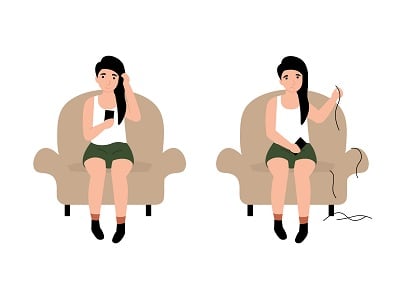
July 21, 2022
Marla Deibler, PsyD
and
Join ADAA this Thursday for a free brief information and Q & A session to learn "all about '' BFRBs, how they impact those who are living with them, current trends in evidence-based treatment, and resources for support.

